Mystery Photo: Duluth Grocers
This old photo shows two men standing in a grocery store. The back of the photo indicates it’s in Duluth, Minn. and gives the names of the men. Unfortunately, the photo of the back side of this photo is blurry and difficult to read, but it looks like Gust Hjelm is one of the names.
Who are these two men? Where was this store? When was this photo taken? There are probably more mysteries than those.
Below is the photo of the back side:
Here is a manipulated version in an attempt to get something easier to read:
And lastly, here’s a recrop to show a little more clearly the Toasted Corn Flakes, etc. on the shelves.
Recommended Links:
Leave a Comment
Only registered members can post a comment , Login / Register Here


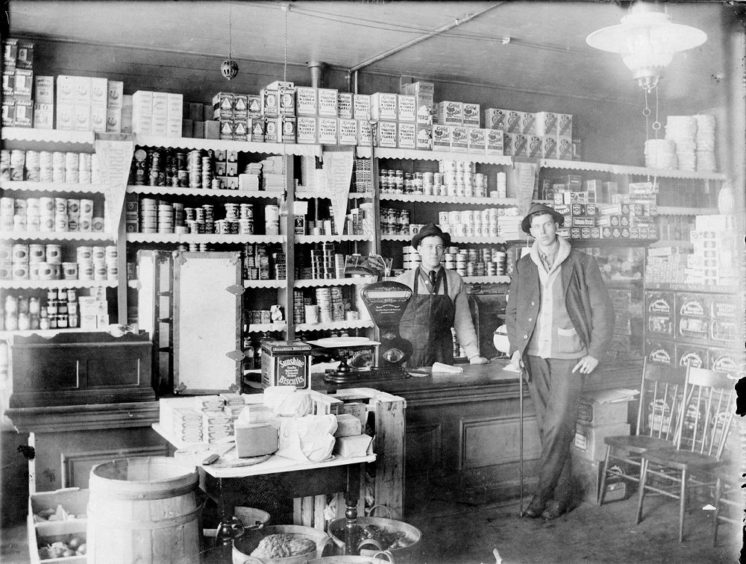
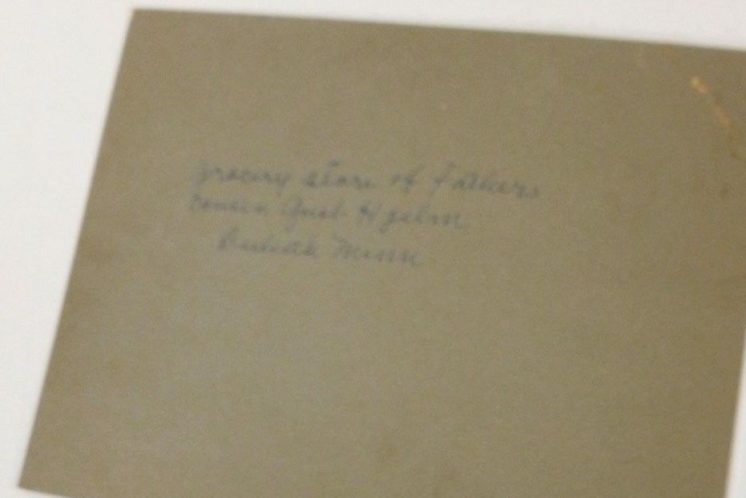
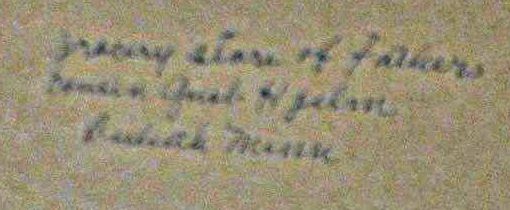
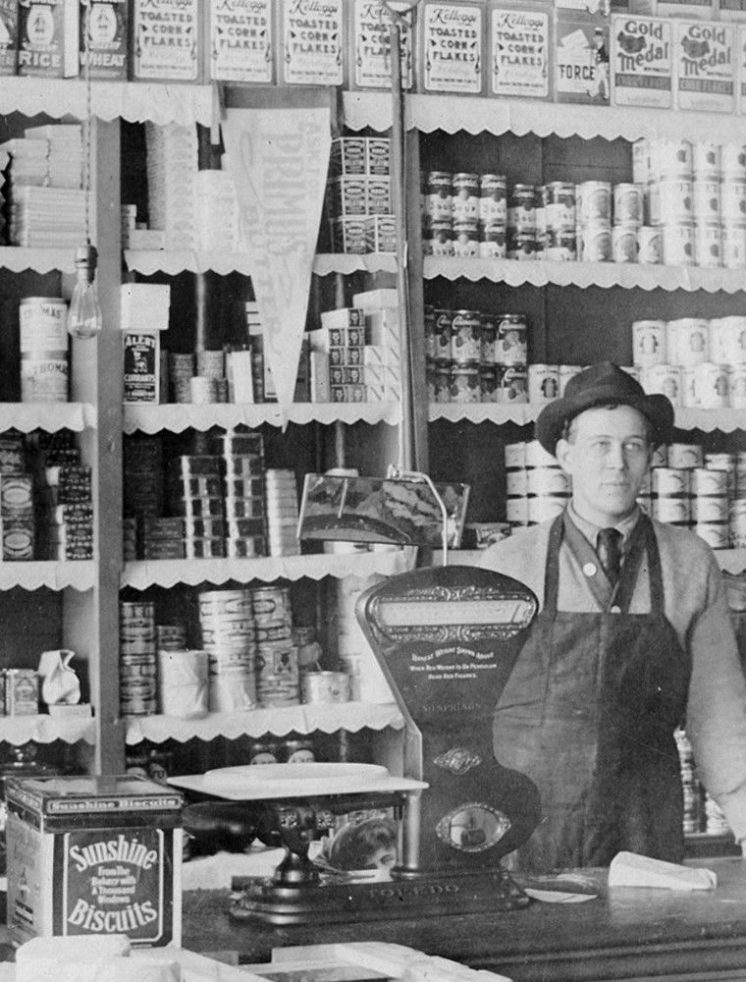



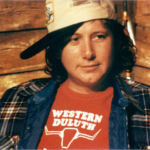








12 Comments
Mike Creger
about 6 years agohbh1
about 6 years agohbh1
about 6 years agoPaul Lundgren
about 6 years agoMatthijs
about 6 years agoGina Temple-Rhodes
about 6 years agoMatthijs
about 6 years agoMatthijs
about 6 years agoMatthijs
about 6 years agoMatthijs
about 6 years agoPaul Lundgren
about 6 years agoGina Temple-Rhodes
about 6 years ago